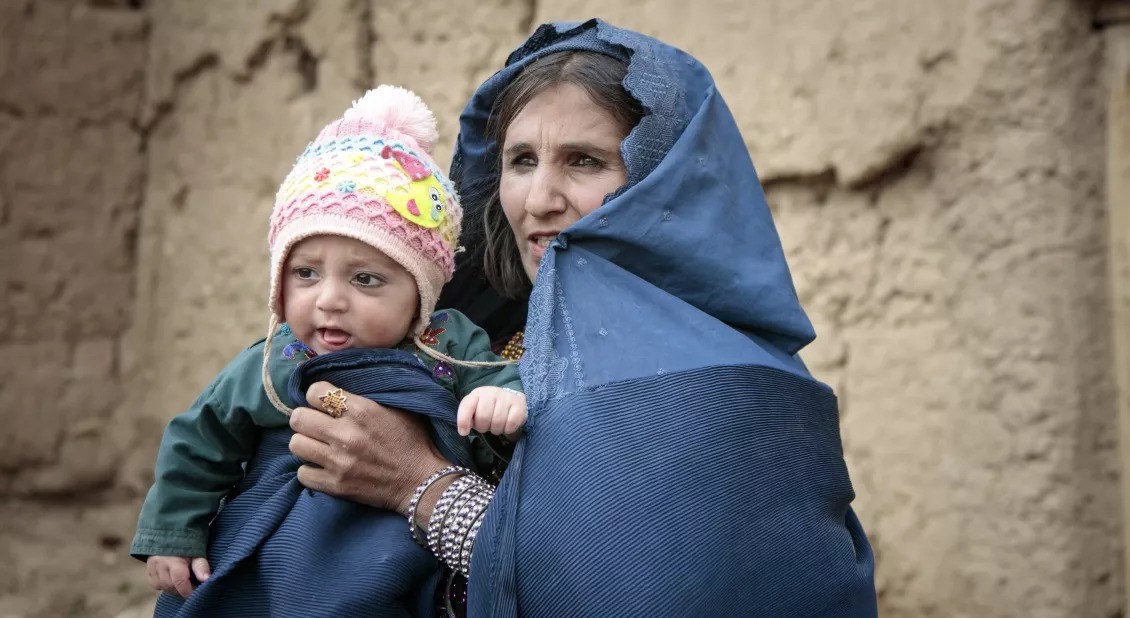A warmer-than-average winter and lack of snow are ominous signs of worsening climatic and drought conditions in Afghanistan which is already suffering its worst drought in 30 years, five international NGOs have warned.
The country has had very little snow so far this winter, raising fears that water shortages will continue after three continuous years of drought and Afghanistan’s humanitarian and development crises will deepen further, said Action Against Hunger, International Medical Corps (IMC), Islamic Relief Worldwide (IRW), Save the Children International (SCI) and World Vision International (WVI).
Between 1 October 2023 and 15 January 2024, Afghanistan experienced only 45 to 60 per cent of the average precipitation compared with previous years. Experts also predict that above average temperature conditions are highly likely between February and April 2024.
Razia*, 38, a mother of four, said: “We have a lot less agricultural production in the last few years. The day my husband finds work, he earns 250-300 Afghanis [about GBP £2-3], but he barely finds work for one or two days a week. The situation was good in the past. There was agricultural production in this village and there was work for the daily labourers.”
Additionally, four million pregnant or breast-feeding women and children under five years of age are currently suffering from acute malnutrition. This includes 3.2 million children, of which about 875,000 are suffering from severe acute malnutrition and 2.3 million are suffering from moderate acute malnutrition, according to an Integrated Food Security Phase Classification (IPC) report.
When children experience hunger, they are vulnerable to severe health conditions including malnutrition and weakened immune systems. Hunger can also have lasting effects on a child’s physical and cognitive development and take a psychological toll. The drought is also contributing to children being out of school, as children are often forced to fetch water for their households from further and further away.
The international community must act by fully funding the humanitarian response plan to stop more children and families from being pushed from crisis into catastrophe. The impact of October’s earthquakes has compounded the long-term effects of drought and are contributing to Herat province falling into ‘Emergency’ (IPC Phase 4) food insecurity. In 2023, only 45 per cent of the total humanitarian response needs were funded by donors. Without an urgent injection of funding during winter, millions of Afghans will continue to suffer.
Vulnerable children and families who rely on subsistence agriculture will be significantly affected without increased rain and snow. Afghanistan is one of the world’s most vulnerable places to the impacts of the climate crisis and is currently enduring its worst drought in 30 years. Some 25 out of 34 provinces are suffering from either severe or catastrophic drought conditions, affecting more than half the population of 40 million.
According to international estimates, 7.8 million children have entered 2024 without having enough to eat. If drought conditions continue into 2024, children’s lives will continue to be at risk as crops could fail yet again and the impact of climate change deepen. The lack of rain is creating perfect conditions for outbreaks of water-borne diseases, such as cholera, and is exacerbating poverty as families flee villages left dry and barren.


